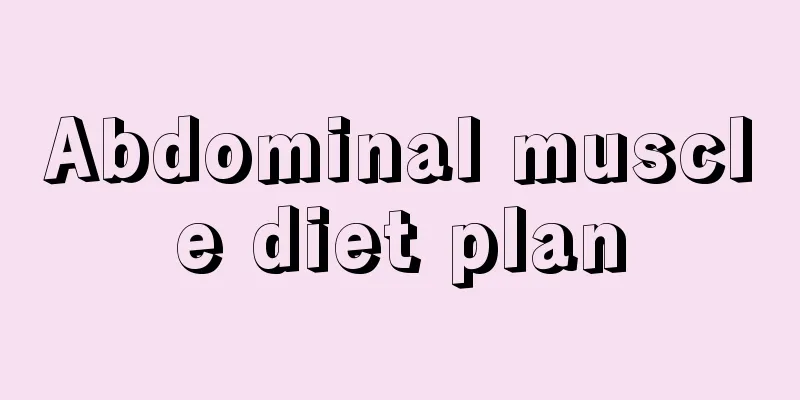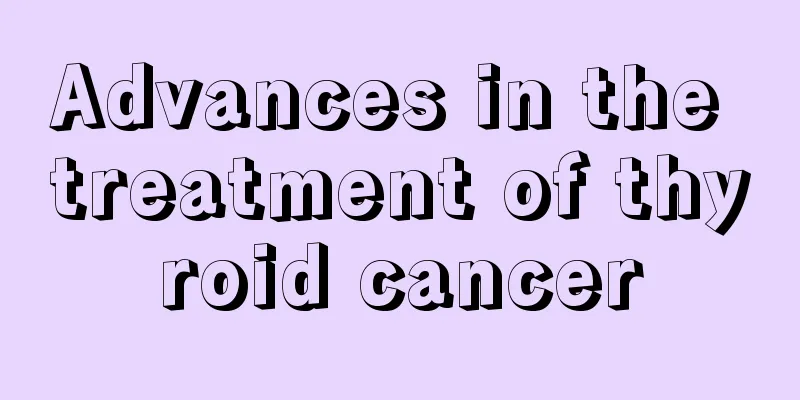How to improve fat survival rate

|
There are more and more beauty projects nowadays. Many people choose fat transplantation for the sake of beauty. This project lasts for a long time, so it is generally popular, but it also has certain problems, that is, the fat survival rate. It is affected by factors such as the size of the fat particles, water content, whether it is cleaned, and the site of transplantation. These factors often affect the fat survival rate. In this case, you should eat more foods with a higher sugar content, more milk and eggs, etc. The survival rate of fat transplantation is affected by many factors, not just one single factor as some people believe. Factors that affect the survival of fat transplantation: 1. Number of fat grafts 2. The particle size of fat for transplantation 3. Is the fat washed after extraction? 4. Water content of transplanted fat 5. The smoothness of the inner part of the needle used for fat extraction and injection 6. Where the fat is transplanted 7. Whether to adopt fat filling after peeling 8. Are some activating substances added to the fat? 9. After a period of time after fat transplantation, is the transplanted area squeezed? 10. Is there any hidden infection and fat liquefaction after fat transplantation? How to increase the survival of transplanted fat 1. Number of fat grafts Generally speaking, the more fat transplants there are, the more that will eventually survive, and the number of transplanted fat cells is directly proportional to the number that survives. This should be a foregone conclusion. So does the more transplants, the better? That is not the case. When the number of transplanted fat cells exceeds a certain limit, the number of transplanted fat cells that survive begins to decrease. This is because the excessive number of fat cells exceeds the capacity of the transplanted site. As the pressure increases, the transplanted fat cells are over-squeezed, and it becomes increasingly difficult to re-establish blood circulation, so the survival rate begins to decrease. On the contrary, when a small number of fat cells are transplanted, the survival rate will be very high, even reaching more than 90%, because there is no obvious pressure on the transplanted site and the transplanted fat cells can easily establish blood circulation and survive. Properly increasing the transplanted fat cells is necessary to increase the absolute number of surviving fat cells, but it must be controlled within a certain range. Usually, you can touch the transplanted area with your fingers 15 minutes after the transplantation, when the water contained in the transplanted fat has been absorbed. The limit is not too much tension. The specific tension is difficult to describe based on personal experience. Generally, the tension after fat transplantation with lower water content needs to be controlled lower. 2. The particle size of fat for transplantation Generally speaking, the smaller the transplanted fat cell particles are (as long as they have not turned into liquid fat), the easier it is for them to survive. This is because the intercellular fluid around small pieces of fat can easily penetrate, nourishing the fat cells that have not yet established blood circulation, so that they will not necrotize before the new blood circulation is established. However, it is difficult for the intercellular fluid around larger fat masses to penetrate into their interior. At most, it can nourish the surrounding areas, but this cannot support the establishment of new blood circulation. They often become necrotic before the new blood circulation is established. Therefore, the transplanted fat cells should be made as small as possible. Usually, larger pieces of fat are picked out from the extracted fat cells with a fine needle and then cut into smaller pieces with scissors. Try to cut it as small as possible. In the process of cutting, some fat will inevitably be squeezed into liquid fat. The liquid fat must be sucked out with gauze before filling. The scissors used should be as sharp as possible to minimize damage to fat cells. 3. Is the fat washed after extraction? In the early days of fat transplantation, people would repeatedly rinse the extracted fat with saline until the fat turned white. But later people discovered that the survival rate of such fat was not high, but the survival rate of fat that was not washed was higher. Therefore, fat transplantation now usually does not involve flushing the extracted fat, but instead directly filtering the water and then injecting it into the transplant site. The reason is that the extracted fat contains more or less some plasma components, which have a certain nutritional effect on fat cells without blood circulation before their new blood circulation is established, so it has a certain auxiliary effect on the survival of fat cells, while the flushed fat cells do not have this benefit. 4. Water content of transplanted fat The greater the water content of the transplanted fat cells, the smaller the absolute number of fat cells transplanted into the transplanted area, and the lower the absolute number of surviving fat cells. Therefore, the water content in the transplanted fat cells should be minimized. There are many ways to reduce the water content in the extracted fat. The more commonly used methods are: static sedimentation method, gauze absorption method and centrifugation method. The method of static sedimentation is to use the principle that fat cells are relatively light and water is relatively heavy. After a period of static state, the water will settle to the bottom and the fat will float on the top, and then the water below can be discharged. This method will waste some time, and most importantly, it is difficult to drain the water as cleanly as possible. The gauze absorption method can expel water from the fat to a greater extent, but it will cause some fat loss. (It adheres to the gauze and is difficult to remove. Forceful removal will destroy the fat cells and turn them into liquid, making them unusable.) The centrifugal method can reduce the water content to the maximum extent, but it has a certain destructive effect on fat cells. Some of the damaged fat cells are liquefied and cannot be used. Even the fat cells that are not liquefied will be damaged to some extent, affecting their survival rate. The higher the centrifugal pressure, the more severe the damage to the fat cells; the lower the centrifugal pressure, the lower the efficiency of filtering water. Currently, centrifugation is usually performed at a relatively low speed and in a short time. For people who have difficulty extracting fat, try not to use this method. This method can be considered for people with a relatively sufficient supply of fat cells. The three methods of reducing fat water content each have their own advantages and disadvantages and can be adopted according to specific circumstances. 5. The smoothness of the inner part of the needle used for fat extraction and injection The inner diameter of a fat grafting needle can be smooth or rough. For fat transplantation needles with rough inner diameter, damage to fat cells is obvious. Therefore, you should try to choose a fat transplantation needle with a smooth inner diameter, which will reduce fat damage and increase the amount of fat survival. 6. Where the fat is transplanted The survival rates of different transplantation sites are significantly different. For example, the survival rate of fat transplantation on the nasal dorsum is very low, while the survival rate of fat transplantation on the cheek is very high. This is related to many factors, including the location, shape, structure, degree of skin looseness, thickness of the original fat, etc. of the transplanted part. 7. Whether to adopt fat filling after peeling Post-strip fat grafting increases the survival rate of the transplanted fat cells. However, complete peeling will cause the transplanted fat cells to fall due to gravity or shift with changes in the body's position, affecting the survival of the fat cells and leading to transplant failure. Therefore, semi-peeling, or intermittent peeling, is generally used. This will not cause the filled fat to shift and will increase the survival rate. 8. Are some activating substances added to the fat? Adding some active substances into the transplanted fat cells will increase the activity of the fat cells and make them more likely to survive. For example, adding PRP, insulin, etc. 9. After a period of time after fat transplantation, is the transplanted area squeezed? During the process of re-establishing blood circulation of transplanted fat cells, if the transplant site is squeezed due to various reasons, the blood vessels that have already grown into it will be damaged, causing the transplanted fat to fail to survive and be absorbed. 10. Are there any hidden infections and fat liquefaction after fat transplantation? There are many types of tissue infection, one of which is latent infection. This infection is relatively mild and does not cause suppuration or ulceration, but it can cause internal scars. If this infection occurs inside the transplanted fat, it can cause fat liquefaction. Fat liquefaction is also related to aseptic inflammation, but it is also closely related to latent infection. If fat liquefies, it will affect the survival of the transplant and even lead to the failure of the transplant. As a preventive measure, on the one hand, we should try to minimize the mechanical trauma to the transplanted fat, and on the other hand, we should try our best to prevent bacterial infection. |
<<: What tea should I drink to detoxify acne
>>: What effect does eating too spicy food have on your stomach?
Recommend
Why do I always cough and have phlegm?
When it comes to coughing, the first thing people...
Can hearing loss be cured? How to treat it?
The ear is one of the most important sensory orga...
After tonsil surgery
In order to effectively treat tonsils and reduce ...
What are the symptoms of advanced lung cancer? 4 symptoms of advanced lung cancer
Lung cancer is one of the most common malignant t...
How is color Doppler ultrasound performed
Color ultrasound is a very common examination met...
Can probiotics cure constipation?
Many people know about probiotics, which are acid...
Often suffer from insomnia? These little remedies can quickly solve the problem
Nowadays, people often suffer from insomnia, feel...
The best hospital for colorectal cancer treatment
Colorectal cancer can usually be treated at a loc...
How to regain weight after overeating
In modern society, people are increasingly overea...
Symptoms of prostate cysts and prostate cancer
There are many people around us who have prostate...
Nursing measures for solar dermatitis
When it comes to solar dermatitis, most people sh...
What kind of flour will make taro balls and sweet potato balls taste better
The flour used for taro balls and sweet potato ba...
Headache powder ingredients
Headache powder is a medicine used to treat heada...
Should I correct my teeth?
In fact, many people are concerned about orthodon...
Three little ways to help you get rid of eye bags
Having bags under the eyes seems to make you furt...









